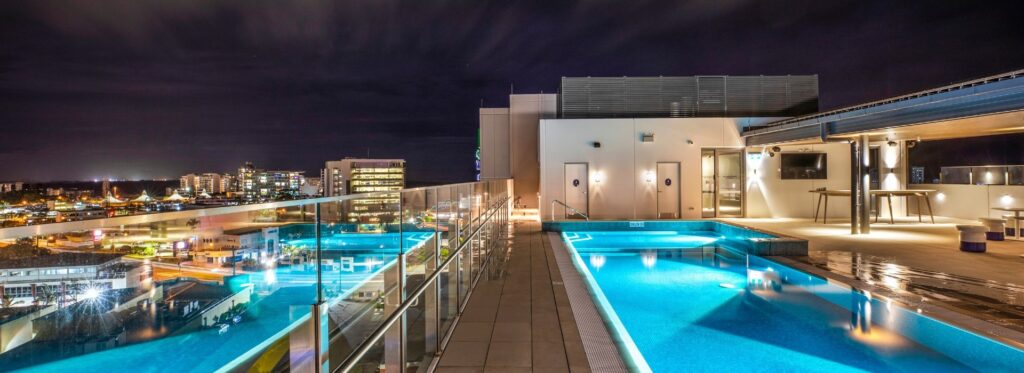Sunshine Coast’s data cable giving Aussie esports a competitive edge
- Latest news
- Investment stories
- Innovation
- >
- Sunshine Coast’s data cable giving Aussie esports a competitive edge
What difference does 5 milliseconds make?
When you’re competing in an international esports competition, it can be the difference between life and death – for your online character, at least.
For the teams from around the Asia Pacific region who participated in the inaugural Hyperion x OEL Launch Counter-Strike: Global Offensive tournament, 5 milliseconds also went a long way to determining their chance of winning a share of a US$17,500 prize pool.
The tournament was the brainchild of the team at Sunshine Coast-based telecommunications company, OneQode. What made this tournament noteworthy was OneQode’s use of the high-speed Sunshine Coast International Broadband Network (SCIBN) cable to give local teams a fair chance against their Asia-based competition.
This undersea cable provides the fastest data connection to Asia from Australia’s east coast, leaving the Sunshine Coast at Maroochydore and connecting to the Pacific Island of Guam, where OneQode housed its Counter-Strike servers.
In esports, the distance between the gamer and the server their game is hosted on is one of the critical factors that influences their performance, especially for a multiplayer first-person shooter video game such as Counter-Strike.
The further players are from the server, the greater the delay in their connection. This lag is known as latency, and the need to supply equal latency for all participants has resulted in most esports tournaments being hosted in the same physical location (aka a ‘LAN’). Online tournaments are usually limited to a distinct region (SEA, North America, Europe etc) to ensure no team is at a distinct disadvantage.
An edge for esports
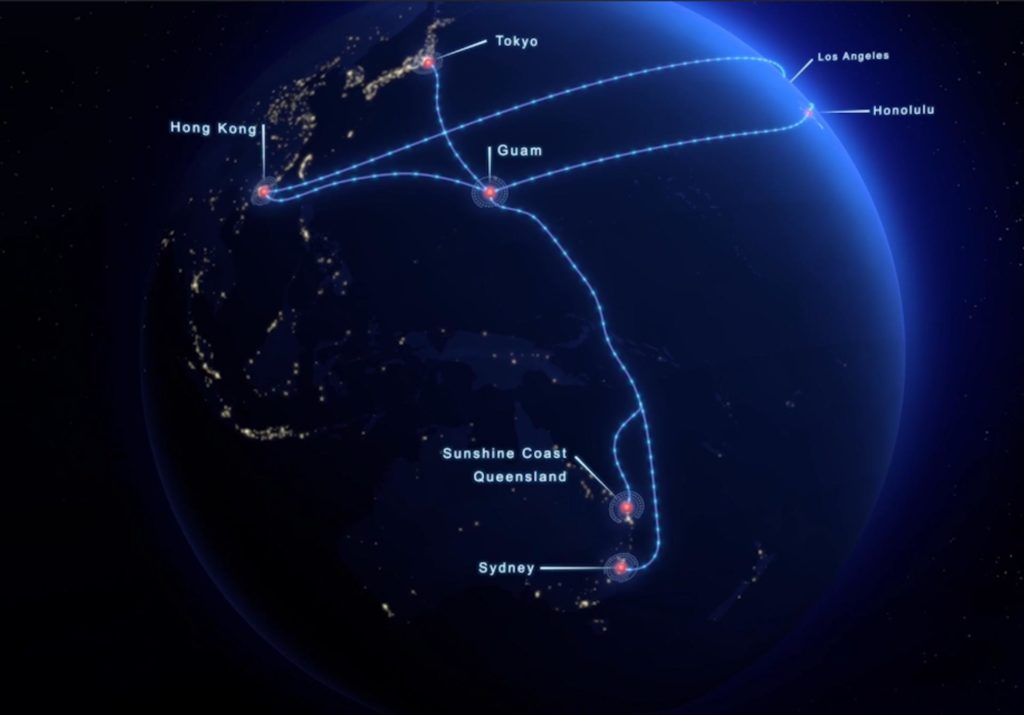
Ensuring an even playing field
OneQode’s head of marketing Joe Swinn said that by routing the traffic of Australian teams through the Sunshine Coast cable and hosting servers in Guam, OneQode created a network that provided similar latency to players across the entire Asia Pacific region, and ensured all teams could be competitive.
“We wanted to show that all these different countries could reach Guam as a central point,” Swinn said. “We are positioning it as a level playing field. It is not the lowest latency you can get, but for all of the surrounding countries, everyone can connect relatively evenly.”
Working with the esports tournament organisers Oceanic Esports, the new tournament attracted teams from as far afield as Melbourne, Shanghai, Thailand, Brunei, and Mongolia.
According to OneQode’s chief of product Ben Cooper, hosting the servers in Guam meant OneQode could achieve average latency across most countries of between 60 and 70 milliseconds, rising to 90 milliseconds for more remote locations.
“Counter-Strike is what we call a ‘twitch’ game, because of the very fast reflexes you need, and these guys train for hours to get that,” Cooper said. “So if they both see each other at the same time, the person with the lower latency is likely to get a slight advantage in shooting.”
He said OneQode’s network configuration enabled fair matchups and was essential for ensuring the competitiveness of more distant Melbourne-based teams. By routing the connection for Melbourne competitors out of Australia using the Sunshine Coast cable, rather than using the standard path out of Sydney, OneQode shaved an additional 5 milliseconds off the latency they experienced, ensuring they were competitive despite their greater distance from Guam.

Benefits of low latency
“Using the fibre on the land from Melbourne to Sydney to Brisbane to Maroochydore (and out to Guam via the submarine cable) is 5 milliseconds faster than going out using the submarine cable from Sydney, and when you have guys in that 70 milliseconds range, 5 milliseconds is make-or-break,” Cooper said.
“The Melbourne versus Mongolia match was a great show match because those teams never have had a neutral point before. By moving the server in between the players it meant that both teams were on 85 milliseconds each, which meant no one was at a disadvantage.”
The tournament involved 96 players from teams in nine countries, including six teams from Australia. The honours went to a Shanghai-based team, with a team from Mongolia coming runners-up. Cooper said he was surprised to see participants competing from such a wide variety of locations, but said players in even the most remote locations, such as Eastern Russia, were competitive.
“There was quite a mix of players, so we feel like we have closed the gap,” Cooper said. “I spoke to a lot of the players afterwards and they all asked the same thing – when can we start using these servers more often”.
“We now want to see an event on our server every weekend from now until the end of the year.”
While the benefits of low latency were clearly appreciated by gamers, Swinn said the same network configuration would also benefit businesses within the Sunshine Coast region, especially when running data-sensitive applications such as video streaming, cloud computing, AI and audio conferencing solutions.
“There are certain business uses where latency is becoming more important,” Swinn said. “Our idea is that we prove it in gaming first, and then as these new applications come in, such as virtual reality meetings, we are ready for that.”
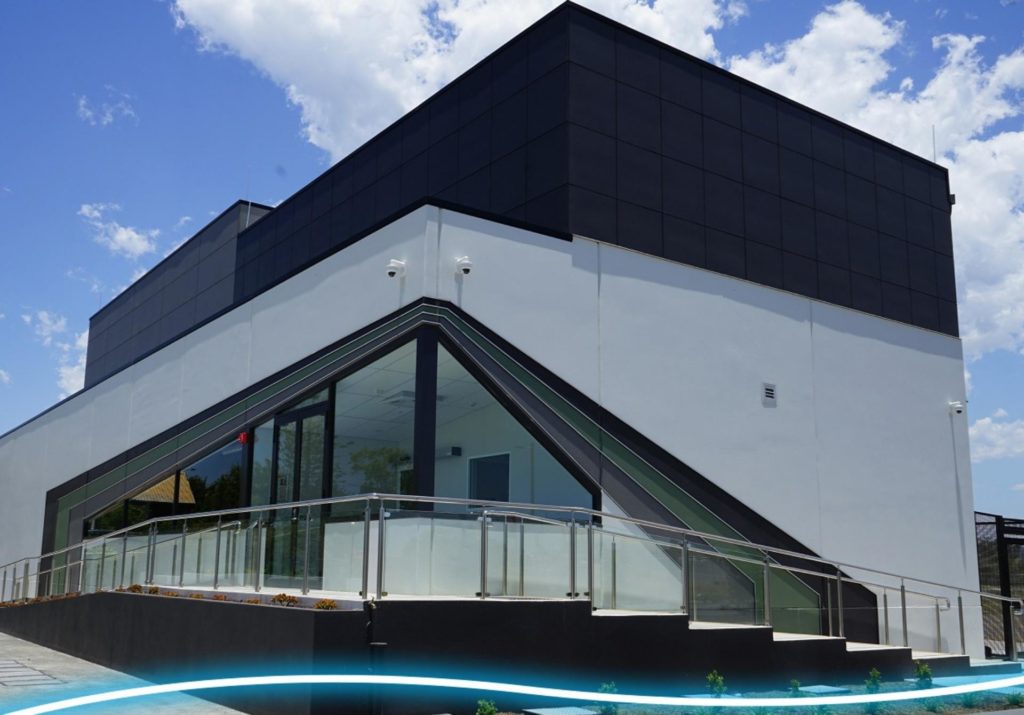
In the meantime, he believed the Sunshine Coast International Broadband Cable and OneQode’s Guam esports hub would provide a fantastic proving ground for local gamers by helping them hone their skills against a wider pool of competitors.
“The players are starting to see that something big is happening and that this is just the first of many to come, and that is what a lot of the players are getting excited about,” said Swinn. “We’re quite isolated in Australia, but things like this tournament, and the Sunshine Coast cable that enables it, are good for bringing Asia and Australia closer together.”
Want to know more?
Trending articles
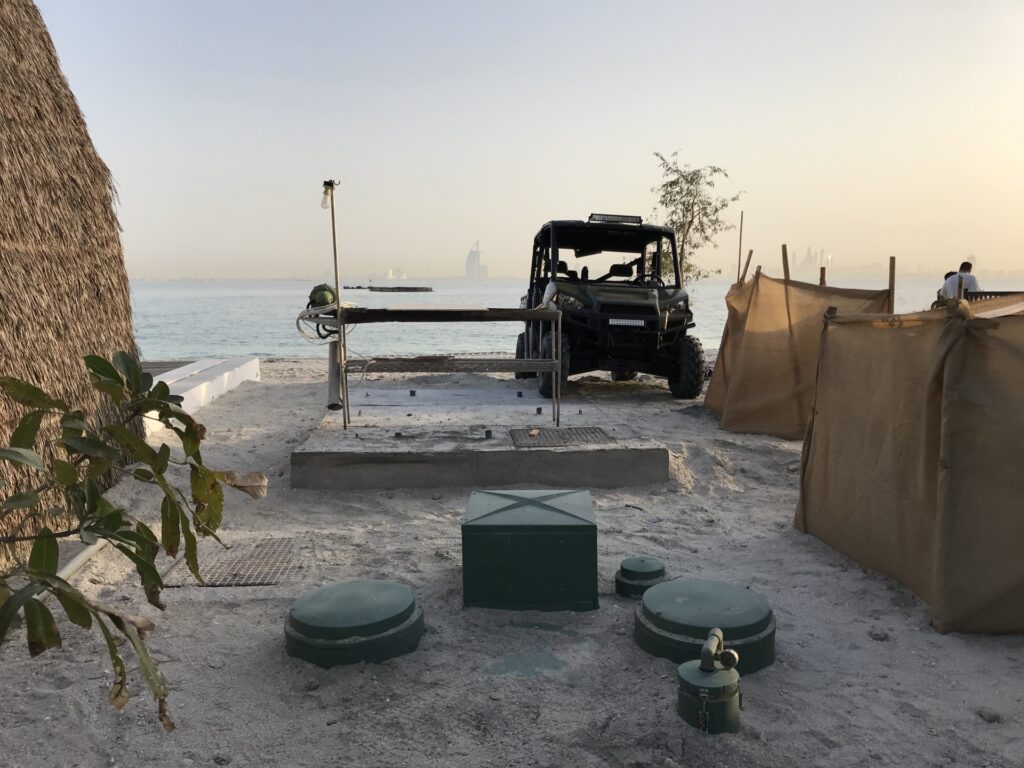
Ozzi Kleen: pioneering global wastewater treatment
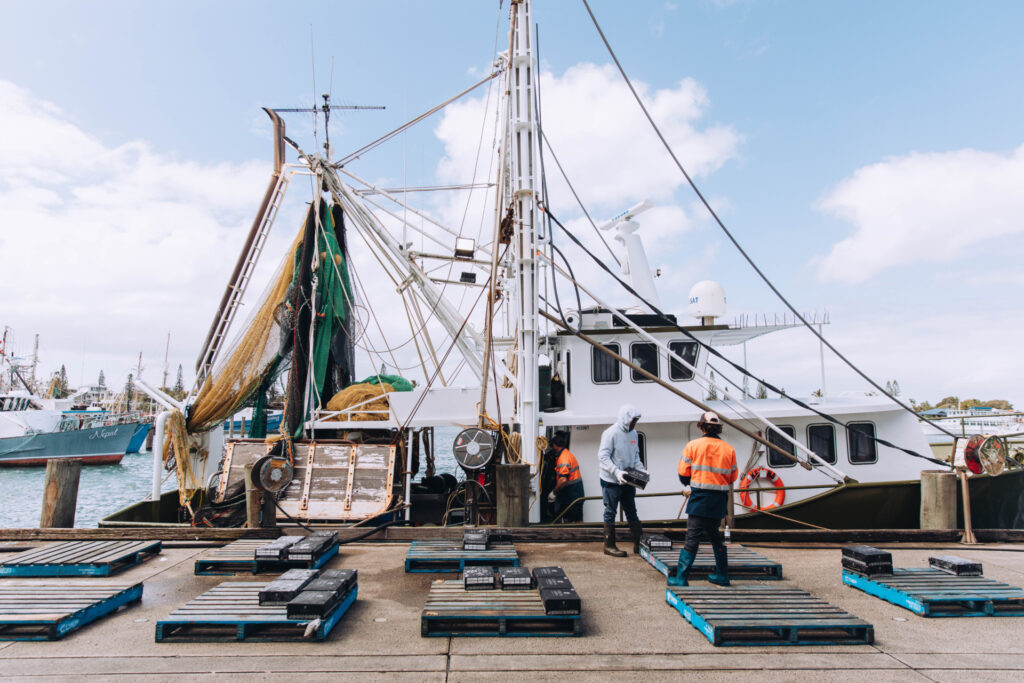
Silver Sea Seafoods makes a splash in global markets

Unleashing the power of connectivity on the Sunshine Coast
